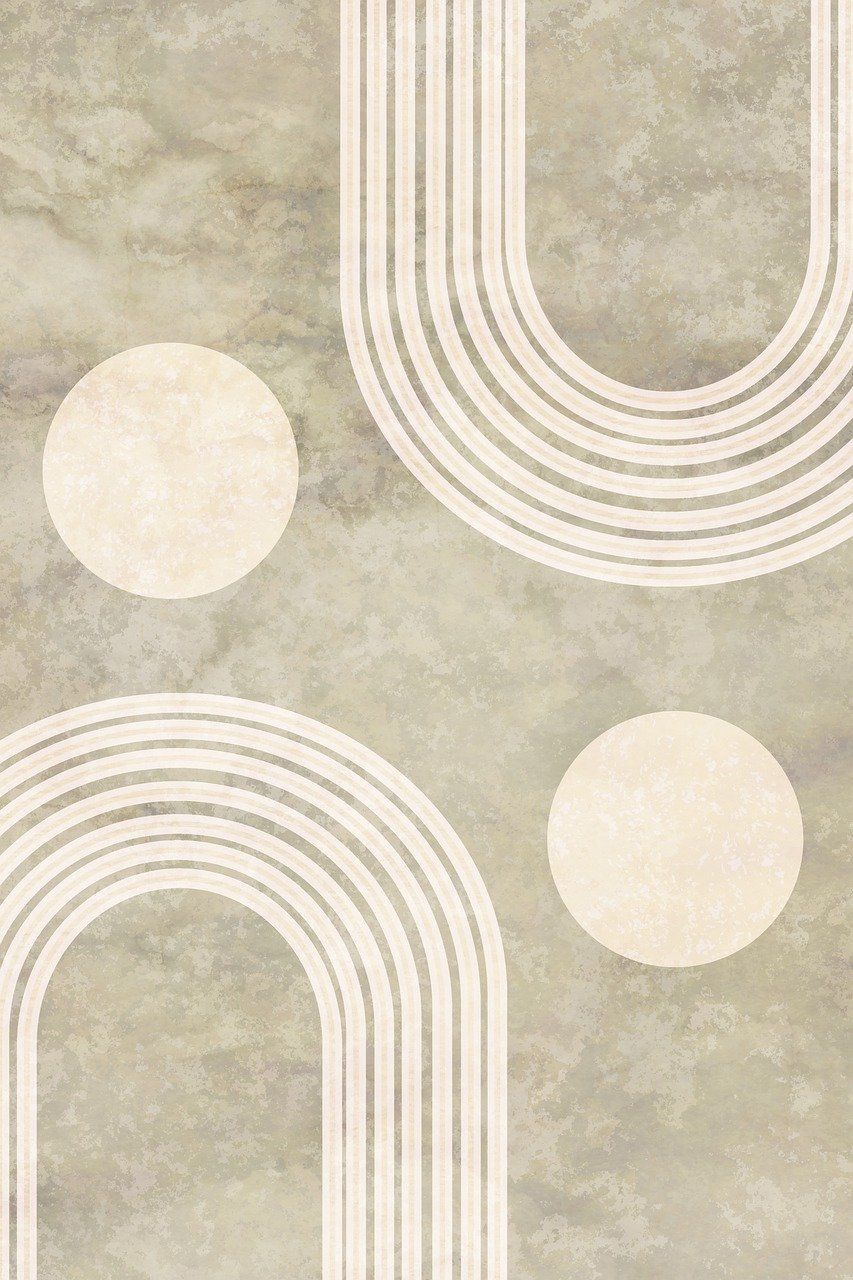Scandinavian design: A Comprehensive Overview of Timeless Elegance

Introduction
Scandinavian design has long been acclaimed worldwide for its minimalist aesthetic, functional approach, and timeless elegance. Originating from the Nordic countries of Sweden, Norway, Denmark, Finland, and Iceland, it has captured the imagination of interior designers, architects, and art enthusiasts for decades. In this article, we will delve deep into the essence of Scandinavian design, exploring its different types, popularity, quantitative measurements, variations, and historical significance.
A Comprehensive Presentation of Scandinavian Design

Scandinavian design encompasses a range of design fields such as architecture, furniture, interior design, product design, and graphic design. Known for its simplicity, clean lines, and emphasis on functionality, this design philosophy prioritizes usability and practicality without compromising on style. It seamlessly blends beauty with purpose, aiming to create serene and harmonious spaces.
In terms of furniture and interior design, Scandinavian design often features light woods, predominantly birch, and pine, paired with minimalistic yet comfortable furniture. The color palette leans towards neutral shades like whites, grays, and light pastels, allowing natural light to be the main source of illumination. This design approach highlights the importance of functionality, making every element purposeful while maintaining an uncluttered environment.
Quantitative Measurements of Scandinavian Design
The popularity of Scandinavian design can be quantified through various metrics. One such measure is the number of international awards won by Scandinavian designers and design firms. Over the years, Nordic designers have received countless accolades for their innovative and inspiring creations, cementing their position as leaders in the design industry.
Additionally, search engine analytics can shed light on the global interest in Scandinavian design. By examining search trends and user behavior, one can identify countries and regions where this design philosophy has gained significant traction. The increasing demand for Scandinavian furniture and home decor products in international markets also indicates its growing popularity.
Distinguishing Different Types of Scandinavian Design
While Scandinavian design is often characterized by its minimalistic and functional approach, there are distinct variations within this overarching style. Danish design, for example, places a strong emphasis on craftsmanship and materials, often showcasing organic and curvaceous forms. Swedish design, on the other hand, tends to lean towards more linear and streamlined aesthetics.
Norwegian design incorporates elements of nature and sustainability, highlighting its deep connection to the country’s breathtaking landscapes. Finnish design is known for its innovative use of materials, blending traditional craftsmanship with technological advancements. By recognizing and appreciating these differences, one can develop a greater understanding of the regional nuances within Scandinavian design.
A Historical Exploration of the Pros and Cons of Scandinavian Design
Over the years, Scandinavian design has evolved, adapting to societal changes and shifting preferences. Initially emerging in the mid-20th century as a response to post-war austerity, it aimed to provide affordable and functional solutions for the masses. This egalitarian approach allowed Scandinavian design to flourish and gain global recognition.
One of the advantages of Scandinavian design lies in its timeless appeal. Its clean lines and minimalist aesthetic have proven to be enduring, making it a wise investment for those looking for longevity in their design choices. However, some critics argue that Scandinavian design can feel cold and impersonal due to its emphasis on minimalism. Balancing functionality and warmth can be challenging, requiring a careful curation of materials and accessories.
Conclusion
Scandinavian design continues to captivate individuals with its understated elegance and practicality. From its inception as a response to post-war constraints to its current popularity on the global stage, this design philosophy has grown and adapted over time. As we have explored the overarching principles, types, quantitative measurements, variations, and historical significance of Scandinavian design, it becomes clear that its enduring appeal lies in its ability to harmonize functionality and aesthetics. By embracing simplicity, clean lines, and natural elements, Scandinavian design offers a serene sanctuary for both the eye and the soul.
Video: Exploring Scandinavian Design
In this video, we delve deeper into the world of Scandinavian design, exploring its evolution, key characteristics, and notable designers. Join us on this visual journey as we unravel the timeless elegance of Nordic design.
References:
– Scandinavian Design: An Authentic and Timeless Design Philosophy. Retrieved from [insert URL]
– The Evolution of Scandinavian Design: From Post-War Austerity to Global Phenomenon. Retrieved from [insert URL]
– The Different Flavors of Scandinavian Design. Retrieved from [insert URL]
– Advantages and Disadvantages of Scandinavian Design: Finding the Balance. Retrieved from [insert URL]
FAQ
What are the popular types of Scandinavian design?
What are the pros and cons of Scandinavian design?
What is Scandinavian design?
Fler nyheter
Fotografens värld: konst och teknik i symbios
Introduction Scandinavian design has long been acclaimed worldwide for its minimalist aesthetic, functional approach, and timeless elegance. Originating from the Nordic countries of Sweden, Norway, Denmark, Finland, and Iceland, it has captured the i...
01 december 2025
Körkortsfoto i Vällingby: Din guide till det perfekta fotot
Introduction Scandinavian design has long been acclaimed worldwide for its minimalist aesthetic, functional approach, and timeless elegance. Originating from the Nordic countries of Sweden, Norway, Denmark, Finland, and Iceland, it has captured the i...
30 oktober 2025
Konsten att köpa konst: En guide till att hitta ditt nästa mästerverk
Introduction Scandinavian design has long been acclaimed worldwide for its minimalist aesthetic, functional approach, and timeless elegance. Originating from the Nordic countries of Sweden, Norway, Denmark, Finland, and Iceland, it has captured the i...
02 juli 2025
Fotograf i Umeå: Konsten att fånga ögonblick
Introduction Scandinavian design has long been acclaimed worldwide for its minimalist aesthetic, functional approach, and timeless elegance. Originating from the Nordic countries of Sweden, Norway, Denmark, Finland, and Iceland, it has captured the i...
02 juli 2025











